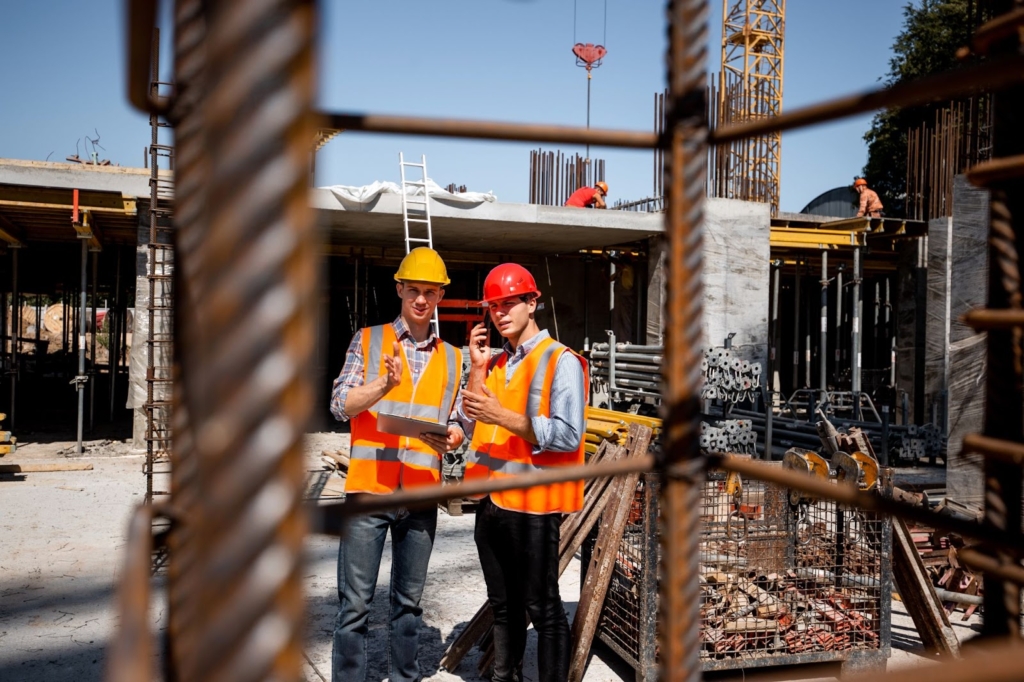
The Evolution of Estimating Software in Construction
In the dynamic world of construction, precision and efficiency are paramount. The evolution of estimating software has revolutionized the industry, streamlining processes, enhancing accuracy, and maximizing productivity.
From Manual Calculations to Digital Estimating Solutions
From manual calculations to sophisticated digital solutions, the journey of estimating software reflects a transformative shift in construction methodologies. This article delves into the historical progression and the profound impact of estimating software on construction projects.
The Early Days: Manual Estimation Techniques
Before the advent of modern technology, estimating in construction relied heavily on manual techniques. Construction professionals would meticulously calculate quantities of materials, labor costs, and project timelines using paper, pencils, and calculators.
Problems With Manual Estimation
Manual estimation techniques, while once the norm in the construction industry, were fraught with several challenges that hindered efficiency, accuracy, and scalability. Some of the key problems associated with manual estimation techniques include:
Time-Consuming Processes
Manual estimation requires construction professionals to meticulously calculate quantities of materials, labor costs, and project timelines using paper, pencils, and calculators. These processes were inherently time-consuming, as estimators had to manually input and compute large volumes of data, often leading to delays in project planning and bidding processes
Proneness to Errors
Manual estimation was highly susceptible to human error, as calculations were prone to mistakes in arithmetic, transcription, or interpretation. Even experienced estimators could make errors in quantity takeoffs, unit conversions, or cost estimations, leading to inaccuracies in project budgets and timelines. These errors could have significant consequences.
Limited Scalability
Manual estimation techniques lacked scalability, particularly for large-scale construction projects with complex requirements. Estimators faced challenges in managing and organizing vast amounts of data, resulting in inefficiencies and inconsistencies in estimating workflows.
Lack of Standardization
Manual estimation practices varied widely among construction professionals, leading to inconsistencies in estimating methodologies, terminology, and documentation formats. This lack of standardization made it difficult to compare estimates across projects or companies and hindered collaboration between stakeholders. Additionally, without standardized processes, there was a greater risk of miscommunication or misunderstandings regarding project requirements and expectations.
Inefficient Collaboration
Manual estimation techniques often involve cumbersome processes for collaboration and communication between project stakeholders. Estimators had to physically share documents or drawings, leading to delays in feedback and approvals. Moreover, coordinating input from architects, engineers, subcontractors, and clients required extensive coordination and could lead to issues.
Limited Analytical Capabilities
Manual estimation techniques offered limited analytical capabilities compared to modern software solutions. Estimators relied on simple calculations and assumptions to estimate project costs, often lacking the ability to perform complex scenario analysis or predictive modeling.

The Emergence of Spreadsheets: A Paradigm Shift
The introduction of spreadsheet software, notably Microsoft Excel, marked a significant advancement in estimating practices. Spreadsheets provide a structured format for organizing data, performing calculations, and creating customizable templates.
Embracing New Estimation Technology
Construction estimators embraced this technology, leveraging its flexibility and familiarity to enhance accuracy and efficiency in their workflows. However, spreadsheet-based estimation still had its drawbacks, including the risk of formula errors, version control issues, and limited collaboration capabilities.
The Rise of Dedicated Estimating Software
As construction projects grew in complexity and scale, the demand for more robust estimating solutions intensified. In response, dedicated estimating software emerged, offering specialized features tailored to the unique needs of the construction industry.
Dedicated Platforms
These platforms integrated advanced functionalities such as database-driven cost libraries, automated takeoff tools, and real-time project tracking. By centralizing data and streamlining workflows, dedicated estimating software empowered construction professionals to produce more accurate estimates in less time, laying the foundation for improved project outcomes.
The Integration of Building Information Modeling (BIM)
Building Information Modeling (BIM) revolutionized the way construction projects are planned, designed, and executed. BIM software enables stakeholders to create detailed 3D models that encompass the entire building lifecycle, from conceptualization to maintenance.
Software Integration
Estimating software seamlessly integrated with BIM platforms, allowing estimators to extract quantities directly from digital models, visualize project components in context, and simulate cost scenarios with unprecedented accuracy. The synergy between estimating and BIM technologies transformed the construction landscape, facilitating better collaboration, reducing errors, and optimizing resource allocation.
Cloud-Based Solutions: Anytime, Anywhere Access
The advent of cloud computing ushered in a new era of accessibility and connectivity in estimating software. Cloud-based solutions enable construction professionals to access, update, and share project data securely from any device with an internet connection.
The Flexibility of Cloud Solutions
This flexibility facilitates seamless collaboration among team members, subcontractors, and clients, regardless of their geographical locations. Furthermore, cloud-based platforms offer scalability, eliminating the need for costly hardware investments and software updates. By harnessing the power of the cloud, estimating software empowers construction companies to adapt to evolving project requirements and market dynamics with agility and efficiency.
Artificial Intelligence and Machine Learning: Predictive Estimating
The integration of artificial intelligence (AI) and machine learning (ML) algorithms is reshaping the future of estimating software in construction. AI-powered solutions analyze historical project data, identify patterns, and generate predictive models to forecast costs, timelines, and risks more accurately.
AI and ML Technologies
ML algorithms enhance the accuracy of quantity takeoffs, optimize material procurement strategies, and automate repetitive tasks, freeing up valuable time for construction professionals to focus on higher-level decision-making. As AI and ML technologies continue to evolve, estimating software will become increasingly intelligent, adaptive, and predictive, driving innovation and efficiency in construction projects.
The Future of Estimating Software: Towards Autonomous Construction
Looking ahead, the evolution of estimating software in construction shows no signs of slowing down. Future advancements are likely to focus on autonomous construction, where AI-driven systems orchestrate project planning, execution, and optimization in real time.
A Vision of the Future
Imagine a scenario where intelligent robots perform on-site measurements, drones conduct aerial surveys, and autonomous vehicles transport materials, all coordinated by a centralized estimating platform. This vision of the future promises to revolutionize the construction industry, delivering unprecedented levels of efficiency, sustainability, and safety.
The Ongoing Evolution of Estimation Software
The evolution of estimating software in construction has been a journey of innovation, from manual calculations to AI-driven predictive modeling. Each technological advancement has brought us closer to the vision of autonomous construction, where efficiency, accuracy, and sustainability converge.
Check out our Estimate Solutions blog to learn more about our commercial and residential estimating services.
